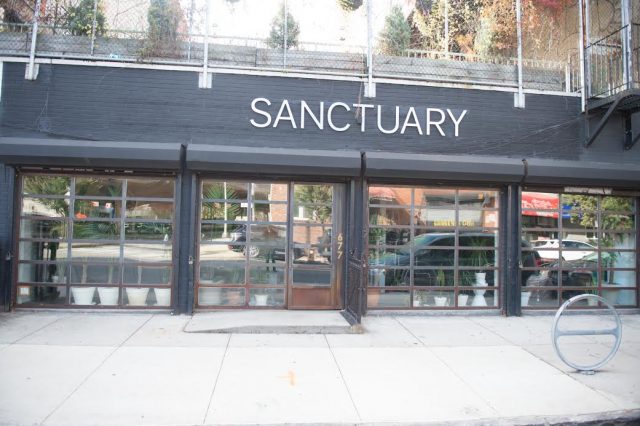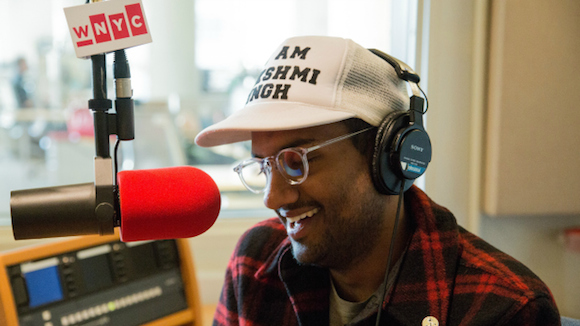

Ever look around on the train and see everybody with headphones on? And do you ever wonder what it is they’re listening to? For a (growing) number of people, the answer is a podcast. Freely available for downloading and perfectly timed to while away the morning commute, the podcast is the 21st-century progressive’s ideal diversion/binge listen. At best, they’re stimulating, gripping and hilarious. At worst, they’re rambling, indulgent and banal. Audio content has utterly reinvented the culture of American storytelling.
By now you’re nodding and saying, yeah, yeah, I know all this already. How do I make my own? Don’t you worry, we’re getting there. We talked to professionals in the business who had a lot to say on the subject—Anna Sale of Death, Sex & Money, Sean Rameswaram of Sideshow, and Stephen Metcalf of Culture Gabfest.
THE BASICS
Podcasters across the board agree that all you really need to start your own show is a good microphone. “That’s also the only thing that takes a premium amount of money,” says Stephen Metcalf, co-host of Slate’s Culture GabFest, a round-table style talk show where three culture critics discuss the latest happenings in television, books and more. “We were just three people around a decent microphone in a broom closet,” says Metcalf. “What we were doing, anybody in this day and age can re-create using cheap audio-splicing software.”
Anna Sale is the host of WNYC’s Death, Sex & Money, a podcast about all the things you’re too polite to discuss at a dinner party. “It’s important to be comfortable with audio editing,” Sale says. “It’ll take a while. But you’ve got to be able to make it sound exactly like how you want it to sound. That’s an ongoing process and it’s frustrating and takes a while to figure out, what the sound is that you’re creating.”
The mic will cost you money (although a Blue Snowball mic will run you an affordable-ish $64.99), there’s no getting around that. But as for those editing chops, all of our podcasters highly recommend just teaching yourself. You can obviously hire someone out, or pay someone else to teach you. But everyone else’s savvy is just self-taught. So why not you, too? Invest the time in research and practice, and don’t bother with outsourcing.
As far as distribution and audience-building goes, Apple has a handy FAQ page for creators that can help you with the ins and outs of going “live” with your podcast once you’ve put a few episodes together. One thing to keep in mind is that you’ll need either your own website or a third-party server to actually store your podcast on, since iTunes doesn’t actually host the files for your podcast. See? It’s getting easier by the minute.
Know what you want to talk about. That idea can be simple—seriously, as simple as deciding you just want to talk to people about death, sex and money. For example, Sean Rameswaram creates and produces the popular Studio 360 podcast, Sideshow. His episodes have catchy themes and killer content, but his concept is very simple. “I just look for creativity online, or in other cultures. Stories that aren’t being told anywhere else.”
____________________
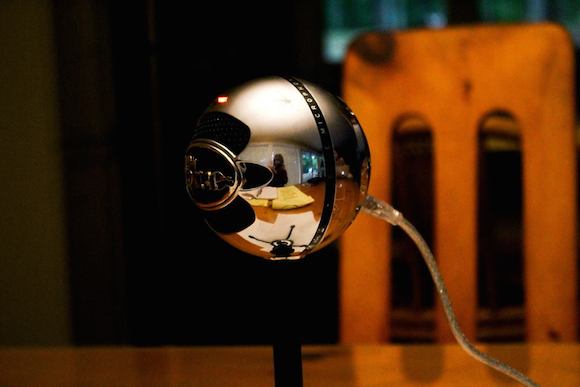
IT’S ALL ABOUT THE SOUND
“You can think a lot about the idea you’re writing on paper,” says Anna Sale. “What it is, what it isn’t. But you don’t know what you’re making until you start playing with sound.”
Podcasts are often listened to with headphones on. It’s much closer to the ear than, say, a Netflix movie tab is to the eye. With that in mind, you’ve really got to design the listening experience. “Audio production is so interesting, because you can mix in various elements,” says Sale. “You can add music—and silence—that makes a listener feel like they’re part of a conversation. We do traditional in-studio interviews, but we also get sound from the field. When we did an episode in prison, we made sure we got sounds of the bars closing.”
Remember that the music you like is copyrighted material. When making your podcast, you’re going to have to find most sound bytes and music samples on your own. It’s worth looking into Fair Use laws if you’re desperate to use a certain song, but as for the rest, you can just make it yourself. Serial, the viral This American Life podcast about a botched murder trial, has an addictive original soundtrack that was composed expressly for the show. So just ask your talented friend to compose a short score. (If the podcast takes off, they’ll be reaping in royalties like nobody’s business.)
The caveat here—as with any art form, but especially with sound—is attention span. “Mobile technology is the biggest driver of audio downloads,” says Sean Rameswaram. And that means people listening to your podcast are probably listening to it on the go. In fact Rameswaram’s motto is, the shorter the better. “The idea is that we’re not on the radio anymore. So unless you’re interviewing someone incredibly interesting, with a really great sense for how to tell a story, it should be shorter than you think. Ten minutes. Maybe nine.”
Sale offers up a different opinion. “I wanted to make something that covered a couple miles on the treadmill, or making dinner; not a whole car ride,” she said. “But the nice thing about podcasts is that the length can be determined by the content. While I was training for the New York City Marathon, I listened to a lot of Marc Maron.”
___________________
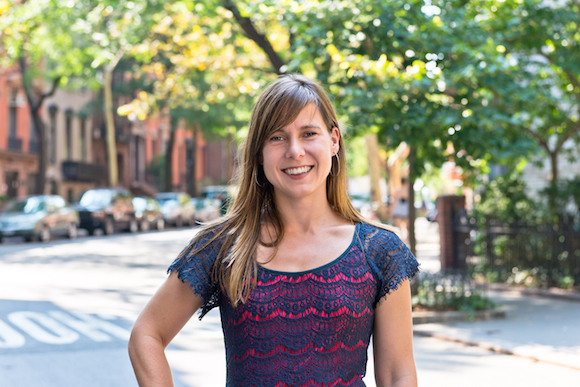
FOR LOVE OR MONEY
You already know what we’re about to say, but we’re going to say this anyway: don’t do it for the money. Podcasts may have more commercial sex appeal than performance art, but they’re still incredibly hard to monetize. Until you have sponsors clambering to reach your listenership, and a wide listenership at that, you’ll be calling this a “passion project” to anyone who asks.
“With anything like this, people should ask whether they’re in it for the love or the money,” says Stephen Metcalf. “If you’re at least at 40% love, then I would go with the love part of it and hope the money follows. You’re gonna make what you care about and the market will decide. You can’t care about the market.”
The creators we spoke to each admitted to their respective good fortunes starting out: Sale started in the WNYC newsroom. Rameswaram worked at several smaller NPR member stations before becoming a producer at WNYC. Metcalf is a columnist at Slate. But organizational backing alone does not a podcast make—all three of these hosts still display a fierce diligence for self-producing.
“I do the entire thing by myself,” says Rameswaram. “I book it, produce it, edit it, host it, engineer it, cut it, post it to the web and write all the copy.”
So where does the money come from, when it comes? “We’ve had sponsors for years,” says Stephen Metcalf. “Sponsors pay somewhat standardized rates, for 1,000 listeners or more.” You can read more online about general industry standards for sponsorship, but there’s no golden rule about who has to ask whom. And unlike product placement, you’re not trying to integrate ads into the content or pretend you love the thing. You can just say “This podcast is supported by [x],” and that’s sponsorship.
“My entire career as a podcaster/journalist is supported by advertising,” says Metcalf. “As a freethinking conscious intellectual do I hate advertising? Yes, but It’s the revenue of everything I’ve ever been involved with.”
_____________________
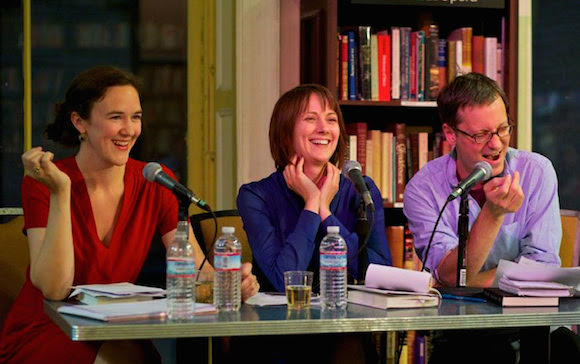
IT WON’T ALWAYS BE LIKE THIS
Much like webseries, podcasts are a relatively young game, having only been around for a decade or so. And much like the inverse correlation between webseries and television, there’s a huge surge in public radio-produced podcasts as FM/AM streams lose listenership.
“Right now, podcasts are overwhelmingly associated with public radio or established media brands,” says Metcalf. “And it’s a crowded, Darwinian marketplace. The barriers to entry are low, and everyone clears them easily. So the inevitable thing happens, where suddenly there’s just a ton of content.”
Rameswaram makes a similar remark about the sugar-daddy of public radio in podcasting, but he thinks it’s a transient phenomenon. “Right now, public radio and podcasts are closely tied. But in five years, it’s gonna look different. It’ll have nothing to do with public radio. The kids are all just gonna know how to make good podcasts.”
But market saturation and market evolution aside, Metcalf feels the central task never strays: just make something good. “Look, it’s like English class. You’re either going to get good English class or bad English class. Good English class is when a group together with a ouiji board arrives at somewhat unexpected. Bad English class is a bunch of people yammering to hear themselves talk. You can build a meaningful niche audience if you do something that’s really your unique sensibility.”
So, you still wanna be one of those podcast-making kids? Hopefully, Brokelyn and this wonderful panel of experts made it a little easier for you. Now scram, kid! Get out there, buy a good mic, and tell stories I’m gonna wanna listen to while I’m waiting for C train.
Sign up for our weekly email and get professional advice delivered right to your inbox
Leave a Reply



